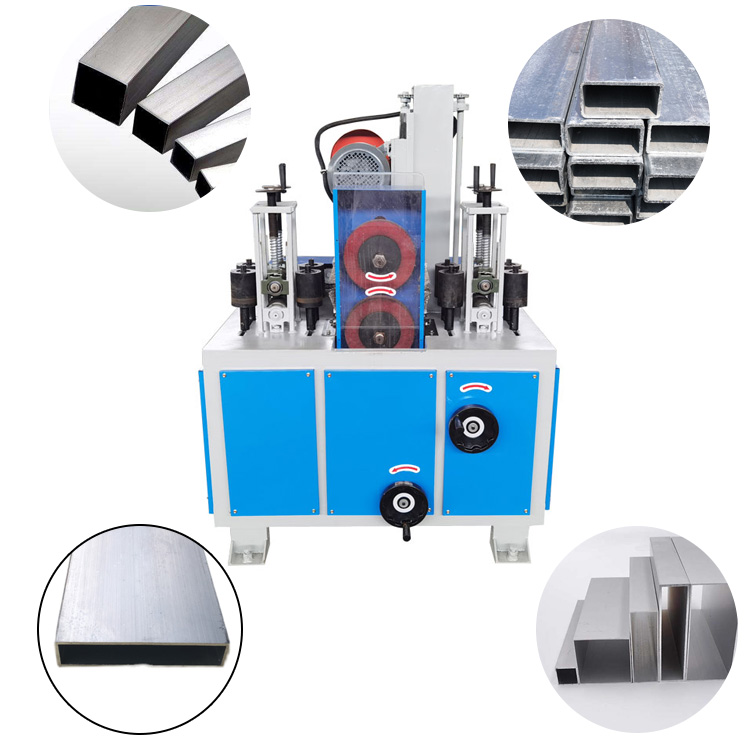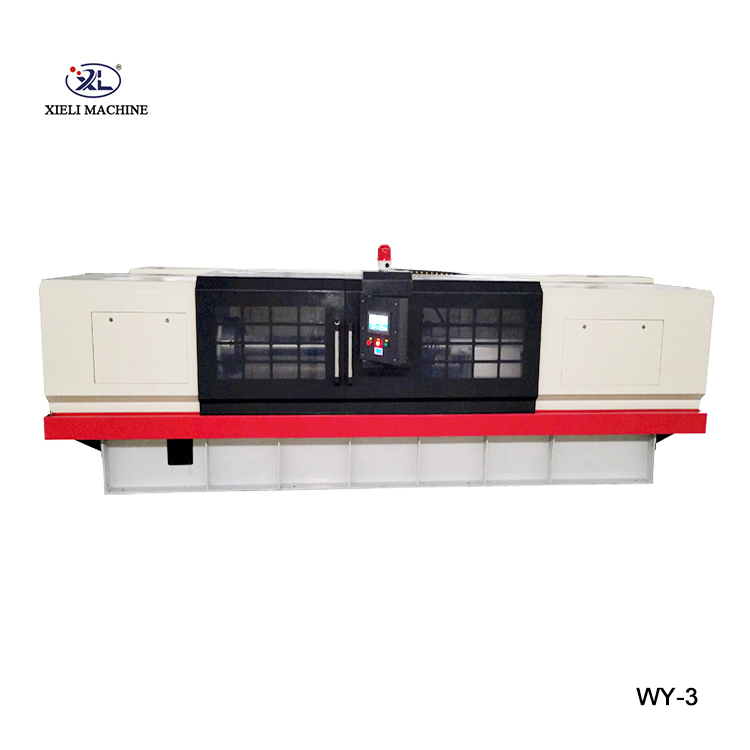Safety Guidelines for Centerless Grinding
Centerless grinding is a precision machining process that enables the shaping of materials with exceptional accuracy and efficiency. However, like any manufacturing process, it comes with its own set of safety considerations. Both operators and companies must adhere to strict safety guidelines to ensure a safe working environment. The following outlines essential safety measures and best practices for centerless grinders.
1. Understanding the Equipment
Before operating a centerless grinder, it is crucial for personnel to be well-acquainted with the machine's components and functionality. Centerless grinders consist of three main parts the grinding wheel, the regulating wheel, and the work rest. Each component plays a vital role in the grinding process, and understanding how they interact can prevent accidents. Operators should familiarize themselves with the manufacturer’s manual, paying attention to the specifications and safety recommendations.
2. Personal Protective Equipment (PPE)
The use of appropriate personal protective equipment is non-negotiable. Operators should wear safety glasses or face shields to protect their eyes from flying debris. Hearing protection is also recommended, as grinding machines can produce loud noises that might lead to hearing damage over prolonged exposure. Additionally, well-fitting gloves should be worn to prevent slippage, but operators need to ensure they do not pose a risk of entanglement with rotating parts.
3. Work Area Organization
Maintaining a clean and organized work area is vital for safety. Clutter can lead to accidents, particularly in high-traffic areas near the centerless grinder. Operators should ensure that the floor is free from spills, debris, and any obstructions that could cause trips or falls. Tools and materials should be stored properly, and workers should have a designated space for all necessary items to minimize distractions during operation.
4. Machine Setup and Maintenance
Before starting any grinding operation, operators must conduct a thorough inspection of the machine. This includes checking the integrity of the grinding and regulating wheels, ensuring they are properly mounted and free from cracks or damage. Loose components should be tightened, and any parts that show signs of wear should be replaced immediately. Regular maintenance routines should be established, including lubrication of moving parts and checking electrical connections to maintain optimal performance and safety.
centerless grinder safety

5. Correct Handling and Loading of Workpieces
Improper loading and handling of workpieces can lead to accidents during the grinding process. Operators should ensure that materials are securely positioned and correctly aligned with the grinding and regulating wheels. Always follow the manufacturer’s guidelines on loading techniques. Using the right tools or fixtures can enhance safety by minimizing the risk of slippage or unexpected movements during the grinding process.
6. Operational Procedures
During grinding operations, it is essential to focus on safe practices. Operators should avoid distractions and remain attentive to the task at hand. Both hands should be used to support the workpiece during loading, and operators should never attempt to remove chips or debris while the machine is running. Implementing a system to notify others when the machine is in operation can prevent unnecessary interruptions.
7. Emergency Procedures
All personnel must be aware of emergency shutdown procedures. Each centerless grinder should be equipped with an emergency stop button that is easily accessible. Additionally, operators should know the location of fire extinguishers and first aid kits and be trained in emergency response techniques. Conducting regular drills and reviews can keep safety protocols fresh in workers' minds.
8. Training and Certification
Lastly, adequate training and certification of all personnel operating centerless grinders are imperative. Workers should be educated not only on the operational aspects of the machinery but also on the associated risks and safety procedures. Continuous education and refresher courses can greatly enhance awareness and reduce the likelihood of accidents.
Conclusion
Centerless grinding is a valuable manufacturing process, but it is essential to prioritize safety at every step. By following these guidelines and fostering a culture of safety within the workplace, manufacturers can protect their employees and enhance operational efficiency. Remember, safety is everyone’s responsibility, and adhering to best practices will lead to a safer and more productive working environment.





